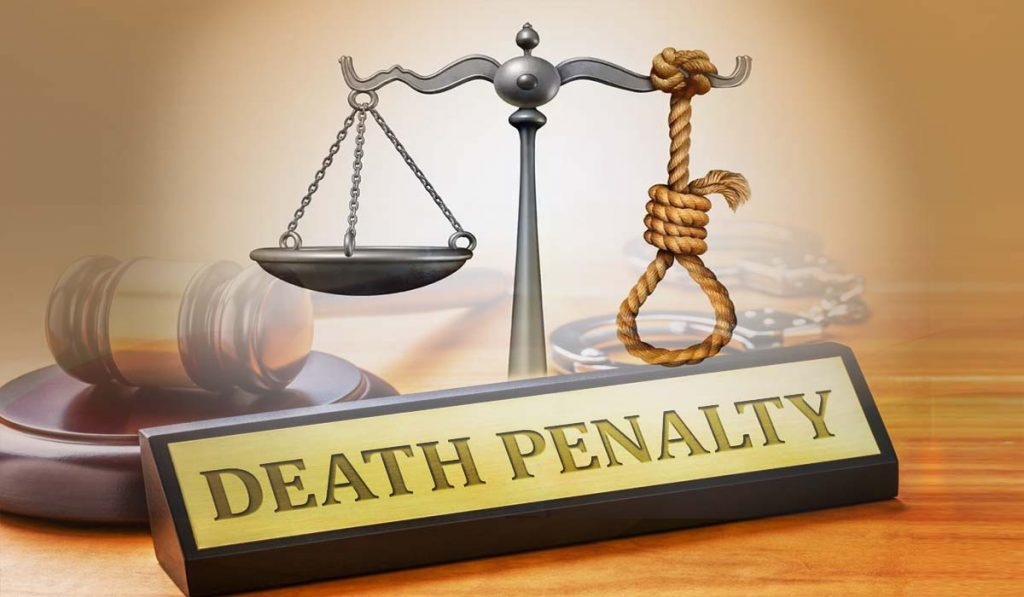DEATH PENALTY IN INDIA
AUTHOR – JEYASHREE.G, STUDENT at SCHOOL OF EXCELLENCE IN LAW, THE TAMIL NADU Dr. AMBEDKAR LAW UNIVERSITY, CHENNAI, TAMIL NADU.
Best Citation – JEYASHREE.G, DEATH PENALTY IN INDIA, ILE JOURNAL OF GOVERNANCE AND POLICY REVIEW, 1 (1) of 2023, Pg. 37-43, ISBN – 978-81-961791-0-6.
ABSTRACT
All of us generally share the mindset that when penalties are harsh, crime rates will decrease in the respective nations. However, the present situation is that crime rates have never decreased despite the imposition of strong and effective laws requiring the imposition of the death penalty. In actuality, crime rates around the globe have been rising steadily. We are specifically informed that there have been more murders, rapes, abductions, terrorist attacks, and child abuse instances. A variety of penalties have been made available in India in an effort to lower these crime statistics. Starting with fines, imprisonment, and other forms of punishment, Then comes Imprisonment for Life, followed by the two methods of execution that are most frequently used: Hanging and Firing. Typically, only heinous and traumatizing crimes that have an impact on society as a whole are subject to the death penalty. This article goes into great detail on every topic connected to the death penalty. Let’s examine each idea in greater depth.
